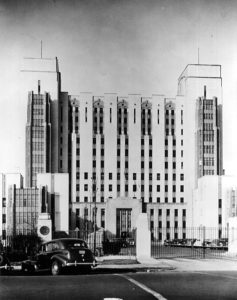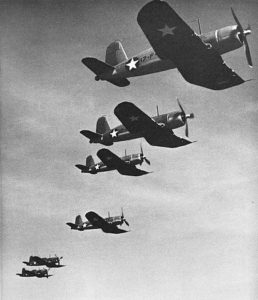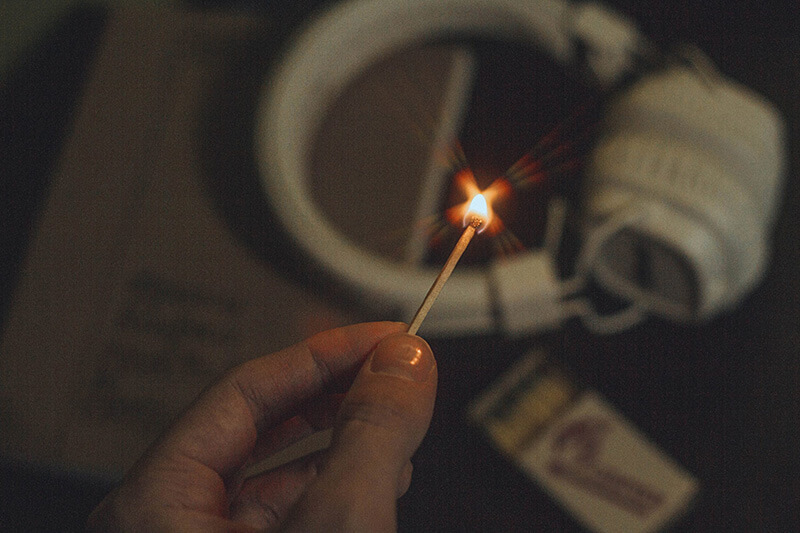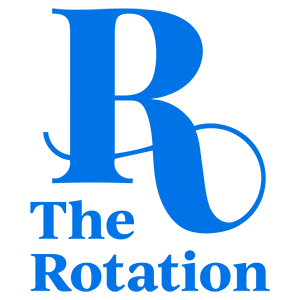Today tens of thousands of medical graduates across the United States will receive an email informing them of the residency that will define the next few years of their professional lives.
Most got word on Monday they had matched, while others faced the grueling Supplemental Offer and Acceptance Program (SOAP) gauntlet that gives initially unmatched graduates and programs a second chance.
Regardless of outcome, all—more than 38,000 positions were offered this year—came under the influence of the National Resident Matching Program (NRMP)’s powerful algorithm.
Despite issues with soaring application rates, a growing pool of fully-educated ‘chronically unmatched’ graduates, and an out-dated federal funding cap on residency spots, the current Match system—last tweaked in the late 90s—is seen by most as a winner. In 2020, 99 percent of all available residency slots were filled, post-SOAP.
Yet few incoming residents likely know the wild true story behind the first Match Day, when a student-created algorithm created a “selfish” but elegant solution to an increasingly messy problem.
Involving ‘exploding’ residency offers, two Nobel Prize-winning economists, and a med student movement led by a New Orleans-born ex-carrier fighter pilot, the story behind the very first Match Day, in 1952, is one worth knowing.
Rise of residencies
Residencies were first introduced in the early 1900s. Previous decades had seen a considerable increase in the amount of hospitals across the U.S, but actual trained staff numbers trailed far behind. There was a clear need for more young doctors in American hospitals.

Most medical graduates didn’t need a residency to practice back then, though. Even the infamous 1910 Flexner Report—a controversial audit of America’s medical education system that stunted Black medicine for decades—merely referenced residencies as an “undergraduate repair shop.”
The rise of medical specialties began to transform which graduates headed to what hospitals, and how. According Dr. Bryan Carmody, in a detailed Sheriff of Sodium post on the history of residencies, many graduates served specialist apprenticeships that could be ended as soon as they felt ‘comfortable’ with their skill level.
Speciality boards started become incorporated and approved around the same period. Founded in 1916, the American Board of Ophthalmology was one of the first big ones, with the likes of pediatrics, orthopedic surgery, and radiology following in the 1930s.
After first just administering examinations to guard the integrity of medical specializations, Carmody wrote that boards decided that graduates must complete residency training before they could sit the exams.
“The solution was ingenious,” he wrote. “By requiring residency training, ther board guaranteed that any would-be specialist had paid their dues before joining the club.
“But by requiring passage of the board’s examination, the board kept the ultimate gatekeeping power with themselves rather than ceding that to the hospitals. The effects of this decision are still relevant today.”
The algorithm takes over
After being seen as a “repair shop” for undergraduates mere decades before, residencies quickly became an entrenched part of American medical education.
By the early 1940s, hospital competition for residencies got so tense that offers would often be extended to students in the third, and even second, years of med school. Though schools themselves attempted to cool hospital overreach by embargoing student letters of reference, worse was still to come.
By 1945, residency offers lasted ten days before hospitals would pick another student. Four years later, ‘exploding offers’ would close after only 12 hours. Such was the competition for the best students (often unaware of what other options were available), the pressure placed on them to agree to residencies was immense.
Hospitals thus often pressured students to reply [to residency offers] immediately; offers conveyed by telegram were often followed by telephone calls requesting an immediate reply.
“Hospitals thus often pressured students to reply immediately; offers conveyed by telegram were often followed by telephone calls requesting an immediate reply,” Dr. Alvin Roth wrote, in a 2003 Journal of the American Medical Association (JAMA) history of the Match.
With the existing system becoming increasingly tense and inefficient for both students and program directors, an alternative was needed. In 1950, Dr. Francis Joseph Mullen, a professor of medicine at the University of Chicago, suggested a ‘clearing house’ approach that saw ranked preference lists submitted by both students and hospitals, to help make ‘the Match.’ A similar system had been experimented with in Philadelphia, in the 1930s.
Mullin’s approach was agreed to by the Association of American Medical Colleges (AAMC) in October 1950, with a trial run taking place the next year. Mullin teamed up with Stanford academic John Marshall Stalnaker to create the algorithm at the heart of the new centralized match system.
While their work represented a step forward, it was also fundamentally flawed. As Carmody explained, it penalized students who took a hopeful but unlikely flyer for first choice, creating an ‘unstable’ match that incentivized potential residents and hospitals to make deals outside the system.
Despite the obvious problem, the National Interassociation Committee on Internships (NICI)—the forerunner of today’s NRMP—pushed forward with Mullin-Stalnaker’s algorithm, and saw it accepted by med schools and residency programs across the U.S.
Student power
The Mullin-Stalnaker algorithm could have turned the residency system into more of a mess if it wasn’t for William Hardy Hendren III, a maverick final-year student at Harvard Medical School. Hendren is the larger-than-life character that the first Match Day story deserves.

Born in 1926, he was the son of a film advertising executive who grew up in New Orleans and Kansas City during the Depression. After training as an aircraft carrier pilot during World War II—the war ended before he saw combat—Hendren went to Harvard.
In October 1951, he attended a lecture in which Dr. George Packer Berry, the school’s dean, explained to students how the new Mullin-Stalnaker algorithm would work. As the serving AAMC president, Berry had all his chips on the Mullin-Stalnaker table.
Hendren ran the numbers in his head as Berry explained the system, and it didn’t add up.
“So I put up my hand, and I went down to the blackboard, and said that I think that the mechanics of this are flawed,” Hendren said, in a 2006 oral history interview with the American Academy of Pediatrics.
“I started drawing boxes with the choice A, B, C, and so forth. He kept interrupting me saying that I just don’t understand. Finally I said, “Dr. Berry, I don’t mean to be rude, but you’ve had 45 minutes to talk without interruption, I need five minutes to talk without interruption. I can’t present this idea if you keep interrupting me.” He didn’t like that at all.
“When I was finished, he told me again that I just didn’t understand. I said, “Well, excuse me, Sir. Let me ask for a show of hands [in] our class. Is there anybody in the room who does not agree with what I just said?” [and] they all did.”
Though Berry stormed out of the lecture hall—“he said that they had spent $100,000 of money from the [AAMC] in working out the details … and he didn’t give a damn if any of us got an internship”—Hendren’s point stood.
A historic, frantic next few weeks followed. The ex-carrier pilot proceeded to lead a student movement to overthrow the planned Mullin-Stalnaker approach, with med students developing their own algorithm; ‘the Boston Pool Plan’.
He also had praise heaped upon him for ‘letting his students carry the ball while he himself remained in the background.’ He never apologized to me!
Carmody says ‘the Boston Pool Plan’ was a ‘deferred acceptance’ algorithm that saw students tentatively matched to hospitals ‘until or unless’ they matched at one of their higher picks. Initially, the NICI refused to budge, saying it would be impossible to program a computer to understand the new alternative.
After Hendren showed it could be done on a Massachusetts General Hospital accounting computer, and med students across the country voted ‘en masse’ not to use the Mullin-Stalnaker approach, the NICI caved in. ‘The Boston Pool Plan’ would instead be implemented the following year.
“He never apologized to me!”
Taking place in March 1952, the first ever Match Day saw more than 10,000 residency slots made available to around 6000 American medical graduates.
Seen as a huge success, it was later tested and validated by Dale Gale and Lloyd Shapley, two prominent game theory economists who’d later win the Nobel Prize in Economics.
Hendren went on to become an icon in the world of pediatric surgery. Now 95 and still living in Boston, he remains the emeritus chief of surgery at the city’s Children’s Hospital.
Despite his larger role in the first Match Day, and the fact they’d later become good friends, Hendren says his Harvard dean initially took most of the credit for the first successful Match Day.
“Dean Berry began to get congratulatory telephone calls and telegrams from all over the country from other deans extolling how well the plan had worked, how their classes were all matched within three or four runs on the machine, and everyone was amazed at how well it had run,” he said, in his 2006 interview.
“He also had praise heaped upon him for ‘letting his students carry the ball while he himself remained in the background.’ He never apologized to me!”



